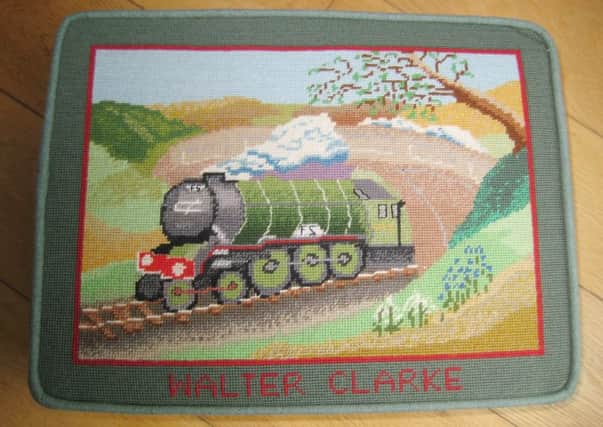Stitching a piece of history


Eighty paintings have been offered by local artists for transfer to canvas, over 60 of them are now finished or being stitched, and 70 sponsors have come forward to pay for the upholstering.
About a dozen more volunteers are needed to join the tapestry work, so that Howick’s flora and fauna, its landscape and its history can be on display in the church.
Advertisement
Hide AdAdvertisement
Hide AdResearch into the stories has brought a curious fact to light. When George Stephenson was planning the route of the Newcastle and Berwick Railway in 1839, his preferred route was the scenic one, cutting through Howick and the coastal landscape.
The second Earl Grey was determined to reroute the railway inland, where it would not bisect the Long Walk, decimate his village and ruin the view.
So, with his son Viscount Howick, he engaged Isambard Kingdom Brunel to engineer a rival line well to the west of the proposed route.
Brunel’s plan for an ambitious experimental ‘atmospheric’ railway didn’t come off, but in the bargaining process the Greys achieved their goal: The line was rerouted inland to the west of Howick Hall.
Anyone interested in joining the stitchers can contact Avril Meakin on 01665 577597.